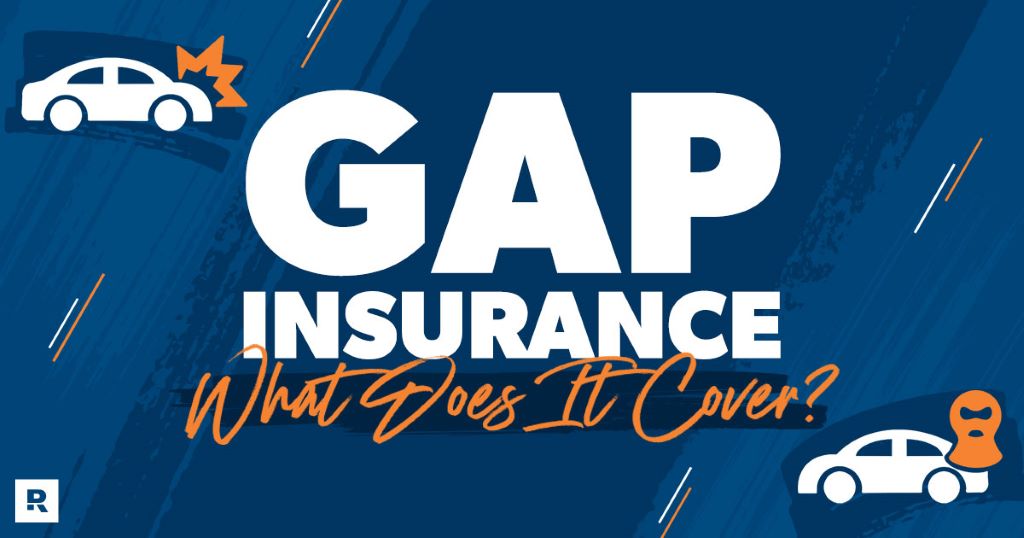Did you ever drive off the lot in a shiny new car and realize a few years later that it lost value faster than your morning coffee got cold? This depreciation can become a big issue if your car gets totaled in an accident. Your standard auto insurance payout may fall short of what you still owe on the loan. Gap Insurance serves as a financial safety net. It bridges the “gap” between your car’s depreciated value and your loan balance.
But how do you know if you have Gap Insurance? Fear not, fellow driver! This article will equip you with the knowledge to identify Gap coverage and explore the situations where it might be most valuable. Buckle up, and let’s navigate the world of it with a positive outlook!
<strong>What is Gap Insurance?
Imagine this: you financed a brand-new car for $25,000. Two years later, it’s worth $18,000 according to market value. Unfortunately, your car gets totaled in an accident. Standard auto insurance typically pays out the Actual Cash Value (ACV) of the car, which is that $18,000. However, you still owe $20,000 on the loan. Here’s where Vehicle depreciation coverage steps in.
Vehicle depreciation coverage bridges the gap between what your car is worth and what you still owe on the loan. This prevents you from being on the hook for extra money if your car gets totaled.
Signs You Might Have Gap Insurance:
Here’s the good news: You can include gap coverage in a few different ways within your auto insurance policy or loan agreement. Let’s explore some key signs you might already have it:
- Review Your Policy Documents: This is the most reliable way to confirm Gap coverage. Look for terms like “Guaranteed Auto Protection (GAP),” “Loan/Lease Gap Coverage,” or anything mentioning “gap” in your policy documents.
- Recall Your Initial Auto Loan or Insurance Purchase: Did you add Gap Insurance as an optional add-on during the financing or insurance setup process? If you remember opting for additional coverage, it could be Gap.
- Contact Your Insurance Company or Lender: Don’t hesitate to reach out directly. Clarify the specifics of your coverage and confirm if Gap Insurance is included by making a quick phone call or sending an email.
Beyond the Basics: Valuable Insights for Informed Drivers

Even if you’re confident you don’t currently have Gap Insurance, understanding some key scenarios where it can be valuable can help you make informed decisions for the future:
- Financing a New or Nearly New Car: New cars depreciate rapidly, especially in the first few years. If you have a significant loan on a new car, Gap coverage offers peace of mind in case of a total loss.
- Upside-Down Loans: This occurs when you owe more on your car loan than the car’s current market value. Gap Insurance becomes crucial here, as a standard insurance payout wouldn’t cover the entire loan balance.
- Leased Vehicles: Most lease agreements require full coverage for the car’s value. Vehicle depreciation coverage protects you from paying the difference between your car’s depreciated value and the lease buyout amount in the event of a total loss.
Making an Informed Decision: Do You Need Gap Insurance?
Here are some factors to consider when deciding if Gap Insurance is right for you:
- Your Loan-to-Value Ratio: If your loan amount is close to or exceeds the car’s current value, Vehicle depreciation coverage becomes more important.
- The Age and Depreciation Rate of Your Car: Newer cars depreciate faster, making Gap coverage more valuable in the early years of ownership.
- Your Comfort Level with Potential Out-of-Pocket Costs: Vehicle depreciation coverage provides peace of mind knowing you’re covered if your car gets totaled. If you’d rather avoid a potential financial burden, Gap might be worth the investment.
Related: How to Get Cheap Car Insurance
The Final Word: Confidence on the Road
Having Gap Insurance can provide significant financial protection and peace of mind in case of a car accident. Analyze the signs to see if your existing coverage already includes it. Then, consider the factors that make it valuable to determine if adding it’s necessary. Remember, a little extra protection can go a long way on the road!
Additional Tips:
- Shop Around for Gap Coverage: If you decide to add Vehicle depreciation coverage, compare rates from your existing insurer and other providers to find the best deal.
- Consider the Cost of Gap Insurance: Gap coverage typically adds a small premium to your auto insurance or loan payment. Weigh the cost of the premium against the potential financial protection it offers.
- Review Your Coverage Regularly: As you drive your car and pay down your loan balance, the need for Vehicle depreciation coverage may decrease. Review your loan protection plan annually or when your loan balance drops significantly. You might be able to drop gap coverage and save on premiums if your current savings sufficiently cover your loan.





